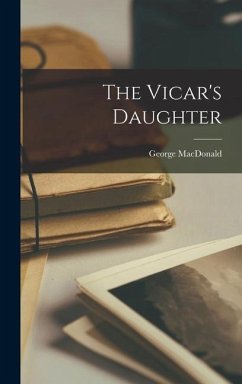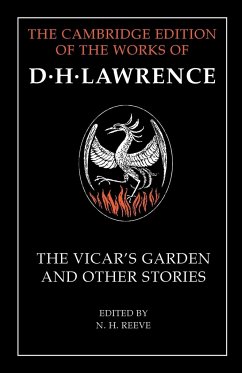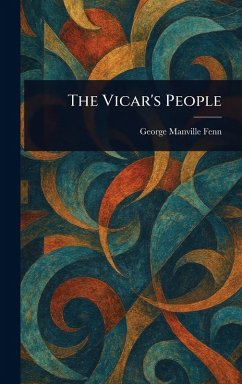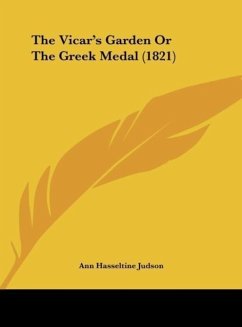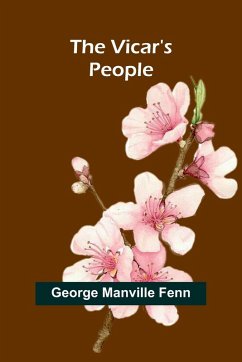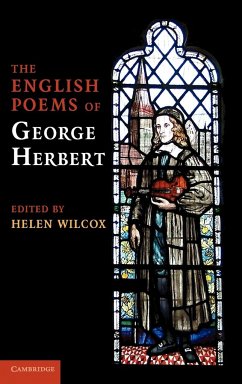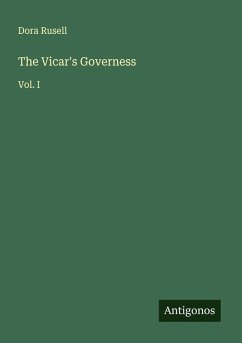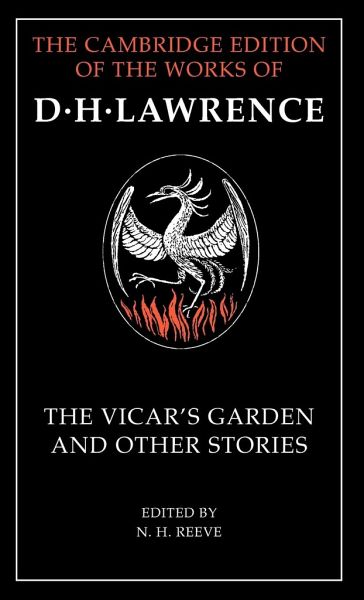
The Vicar's Garden and Other Stories
Versandkostenfrei!
Versandfertig in 1-2 Wochen
129,99 €
inkl. MwSt.

PAYBACK Punkte
65 °P sammeln!
This volume collects together manuscript and other early versions of thirteen of D. H. Lawrence's short stories, including some of the best-known ('Odour of Chrysanthemums', 'The Blind Man'), as well as many which have never been published before. It includes the earliest stories Lawrence wrote, dating from the autumn of 1907, and stories written between 1911 and 1919. With this volume, all Lawrence's extant short fiction is now published in the Cambridge edition of his works. All the texts are newly edited, with detailed explanatory notes and a full textual apparatus showing the variants betw...
This volume collects together manuscript and other early versions of thirteen of D. H. Lawrence's short stories, including some of the best-known ('Odour of Chrysanthemums', 'The Blind Man'), as well as many which have never been published before. It includes the earliest stories Lawrence wrote, dating from the autumn of 1907, and stories written between 1911 and 1919. With this volume, all Lawrence's extant short fiction is now published in the Cambridge edition of his works. All the texts are newly edited, with detailed explanatory notes and a full textual apparatus showing the variants between the manuscripts and later versions, and the Introduction gives an account of their compositional history. This edition thus enables readers, scholars and students to trace Lawrence's extraordinary and rapid development as a writer and to compare the original forms of these stories with what he subsequently went on to make of them.





